Your gateway to endless inspiration
Haniwa - Blog Posts


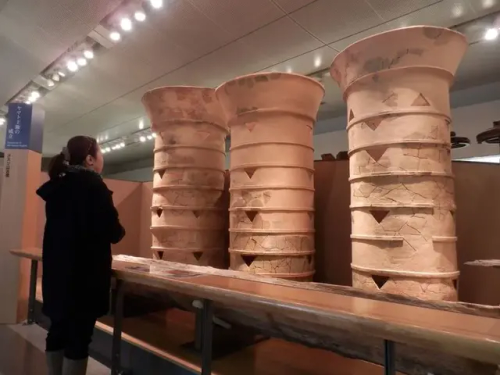

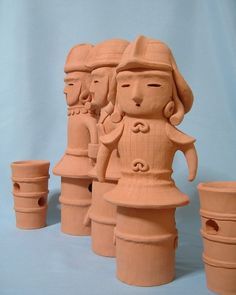
Sean bienvenidos japonistasarqueologicos a una nueva entrega de Arqueología Japonesa en esta ocasión nos trasladamos a la prehistoria japonesa dicho esto pónganse cómodos que empezamos. - Tengo el placer de presentaros a las esculturas Haniwa, ¿Qué significa este término?¿Cuándo surgió? Y ¿Cuál era su funciones? - Las primeras preguntas para este capítulo serán: ¿Cuándo surgió? Datan de los siglos VI y VII d.C Como ya comenté en varias ocasiones la cronología japonesa es difícil de entender para ojos occidentales ya que hay que verla con ojos orientales. - La segunda pregunta será ¿En donde podemos encontrar estas obras de arte?: La Podemos encontrar en multitud de lugares pero vengo a destacar uno en especial se trata de uno de los mejores juegos de Nintendo y su nombre es Atsumare Dōbutsu no Mori. - Espero que os haya gustado el capítulo 1 y nos vemos en los próximos capítulos de esta serie de historia y arqueología un cordial saludo.
-
日本考古学へようこそ。新しい日本考古学へ。今回は日本の先史時代に移ります。そうは言っても、気を楽にして始めましょう。
-
埴輪彫刻についてご紹介させていただきます。この言葉はいつ頃から生まれたのでしょうか?そしてその機能は何だったのでしょうか? - この章の最初の質問は次のとおりです。それはいつ出現しましたか?それらは西暦 6 世紀から 7 世紀のものです。 すでに何度か述べましたが、日本の年表は東洋の目で見なければならないため、西洋の目には理解しにくいものです。
-
2 番目の質問は次のとおりです。これらの芸術作品はどこで見つけることができますか?: さまざまな場所で見つけることができますが、特に 1 つを取り上げます。これは任天堂の最高のゲームの 1 つであり、その名前は「あつまれ どうぶつの森」です。
-
第 1 章を気に入っていただければ幸いです。この歴史と考古学シリーズの次の章でもお会いしましょう。
-
Welcome japonistasarqueologicos to a new installment of Japanese Archaeology. This time we move to Japanese prehistory. Having said that, make yourselves comfortable as we begin.
-
I have the pleasure of introducing you to the Haniwa sculptures. What does this term mean? When did it emerge? And what were its functions?
-
The first questions for this chapter will be: When did it emerge? They date back to the 6th and 7th centuries AD. As I have already mentioned on several occasions, Japanese chronology is difficult to understand for Western eyes since it must be seen with Eastern eyes.
-
The second question will be: Where can we find these works of art? We can find them in many places, but I am here to highlight one in particular. It is one of the best Nintendo games and its name is Atsumare Dōbutsu no Mori.
-
I hope you liked chapter 1 and I will see you in the next chapters of this series of history and archaeology. Best regards.
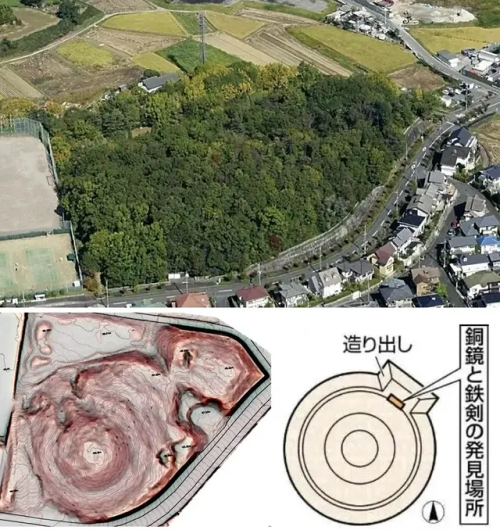

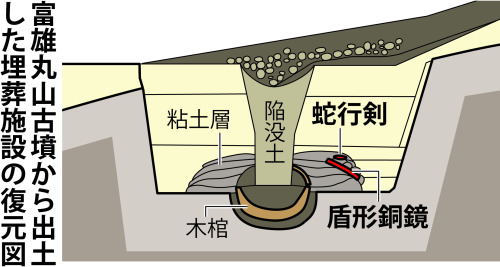

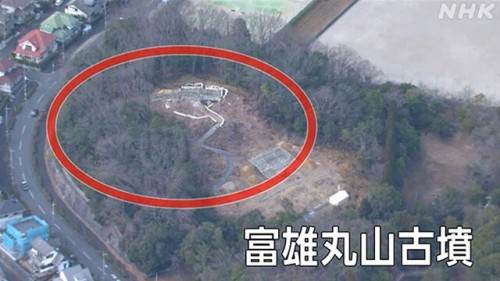
Sean bienvenidos japonistasarqueologicos, a una nueva entrega arqueológica del país del sol naciente, dicho esto pónganse cómodos que empezamos. - Se ha hallado un Haniwa con forma de instalación de primavera el cual ha sido encontrado, en la antigua tumba de Tomio Maruyama en la ciudad de Nara, posiblemente se trate de la más antigua de Japón. - El túmulo funerario de Tomio Maruyama en la ciudad de Nara, en el que se encontró el Haniwa, parece representar un edificio construido en un lugar donde se encuentran diversos manantiales de agua¿Se trata del haniwa más antiguo de Japón? sigan leyendo para saber la respuesta. - Se trataría de una pista para realizar festividades acuáticas, es el túmulo funerario redondo más grande de Japón construido en la segunda mitad del siglo IV después de nuestra era en plena protohistoria nipona. - Se encontró una haniwa con forma de casa cuadrada y con un lado de unos 30 centímetros, dentro de este haniwa, también hay un haniwa similar a un tanque que almacena agua.se encontró una haniwa con forma de casa cuadrada con un lado de unos 30 centímetros.Dentro de este haniwa, también hay un haniwa similar a un tanque que almacena agua. - ¿Se trata del haniwa más antiguo de Japón? la respuesta es sí, espero que os haya gustado y nos vemos en próximas publicaciones de japón que pasen una buena semana. - 日本の考古学者の皆さん、日出ずる国からの新しい考古学の連載にようこそ! どうぞ、ごゆっくりお過ごしください。 - 日本最古の古墳といわれる奈良市の丸山富雄古墳から、埴輪が発見された。 - 埴輪が発見された奈良市の丸山富雄古墳は、複数の湧水が見られる場所に建てられた建物のようです。 日本最古の埴輪なのでしょうか。 答えは続きを読むから。 - 埴輪は、日本の原始時代中頃の紀元4世紀後半に造られた日本最大の円墳である。 - 一辺が約30cmの四角い家の形をした埴輪が発見されました。この埴輪の中には、水を貯めるタンクに似た埴輪も入っています。 - 日本最古のはにわなのか? 答えはイエスです。 - Welcome to Japanesearchaeology, to a new archaeological installment of the country of the rising sun. That being said, make yourself comfortable and let's begin. - A Haniwa in the form of a spring installation has been found in the ancient tomb of Tomio Maruyama in the city of Nara, possibly the oldest in Japan. - Tomio Maruyama's burial mound in the city of Nara, where the Haniwa was found, seems to represent a building built in a place where various water springs are located. Is it the oldest haniwa in Japan? Keep reading to find out the answer. - It would be a track for holding aquatic festivities, it is the largest round burial mound in Japan built in the second half of the 4th century AD in the midst of Japanese protohistory. - A haniwa was found in the shape of a square house and with a side of about 30 centimeters, inside this haniwa, there is also a haniwa similar to a tank that stores water. A haniwa was found in the shape of a square house with a side of about 30 centimeters. centimeters.Within this haniwa, there is also a tank-like haniwa that stores water. - Is it the oldest haniwa in Japan? The answer is yes, I hope you liked it and see you in future posts from Japan, have a good week.